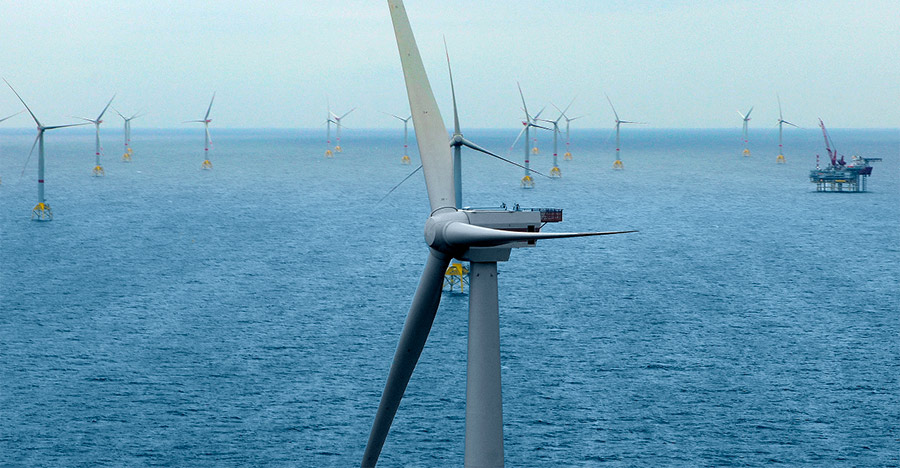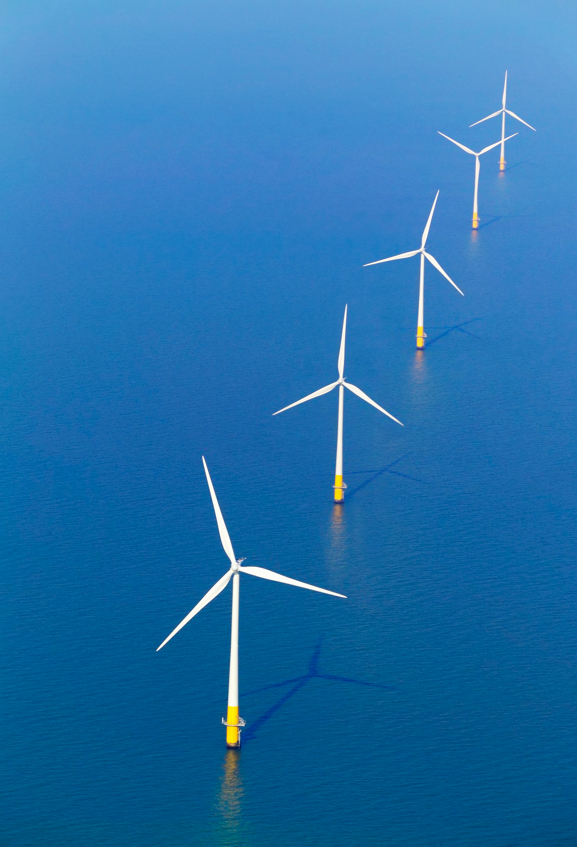BOEM Initiates Permitting Process for Kitty Hawk Offshore Wind Farm
The US Bureau of Ocean Energy Management (BOEM) announced on 29 July that it would conduct an environmental review of the proposed Kitty Hawk wind energy project offshore North Carolina.

BOEM published a Notice of Intent (NOI) to Prepare an Environmental Impact Statement (EIS) on 29 July and will start the review of a Construction and Operations Plan (COP) submitted by Kitty Hawk LLC, the project company set up by Avangrid (US arm of Spain’s Iberdrola).
Avangrid proposes installing up to 69 wind turbines, one offshore substation, inter-array cables, and up to two export cables with landfall in Virginia Beach.
As part of BOEM’s environmental review, the agency must first identify what should be considered in the EIS, such as important resources and issues, potential impacts to the environment, reasonable alternatives, and mitigation measures.
BOEM’s planning and reviewing renewable energy projects is now supported by the US Army Corps of Engineers (USACE), after the two agencies teamed up on the matter last month.
While the scope of the agreement covers all renewable energy activities on the Outer Continental Shelf (OCS), the initial focus will be on the USACE supporting the review of the Kitty Hawk project and the Coastal Virginia Offshore Wind Commercial project, for which BOEM started the environmental review process in June.
Related Article
If approved, North Carolina’s Kitty Hawk project would be the state’s first offshore wind farm and, since the project’s export cable would make landfall in Virginia Beach, it could eventually provide power to Virginia.
Both of the states have set ambitious offshore wind targets, with North Carolina aiming to install 2.8 GW of offshore wind energy by 2030 and 8 GW by 2040, and Virginia targeting 5.2 GW of offshore wind energy by 2034.
The Kitty Hawk development could significantly contribute to the US offshore wind target of 30 GW by 2030, if approved, since the project could have a total installed capacity of 2.5 GW.
Kitty Hawk is planned to be built in phases, with the first phase, expected to begin construction as soon as 2024, planned to have a capacity of 800 MW. When all phases are complete, Kitty Hawk is expected to have a total generation capacity of up to 2.5 GW.
Avangrid secured the rights to develop the 122,405-acre lease area in May 2017. It is the first offshore wind lease area to be secured off North Carolina.









